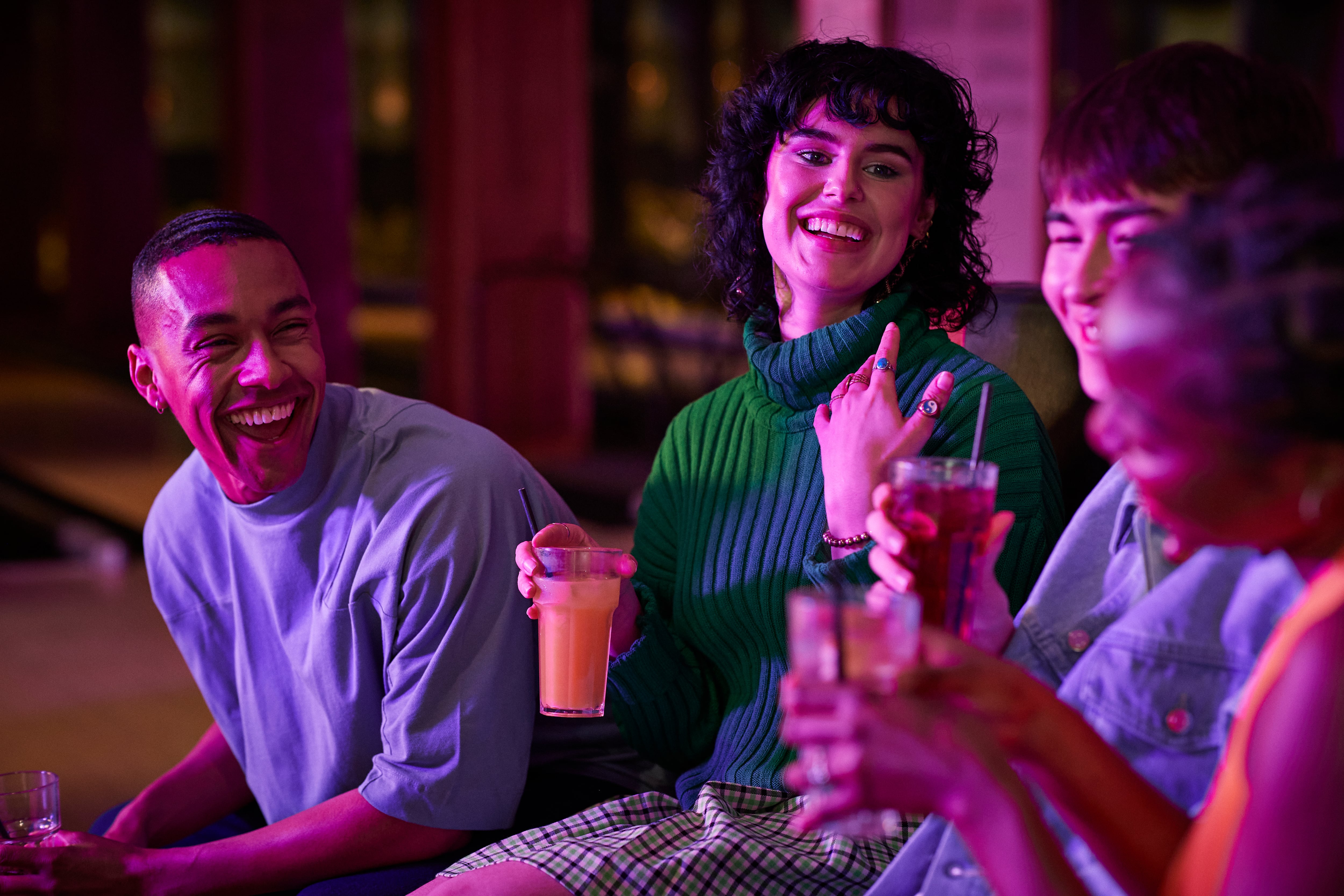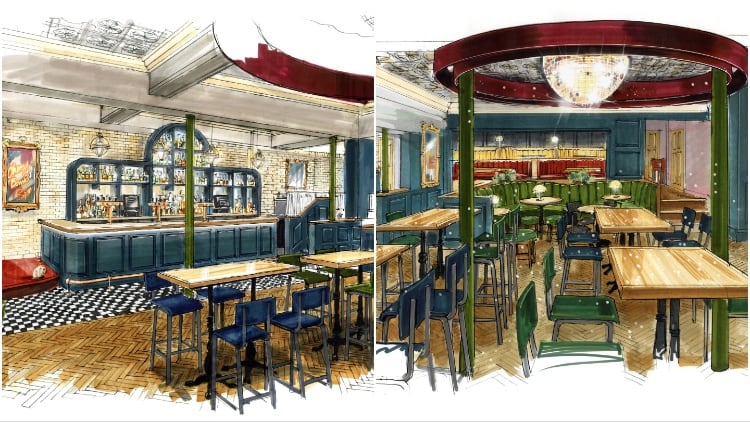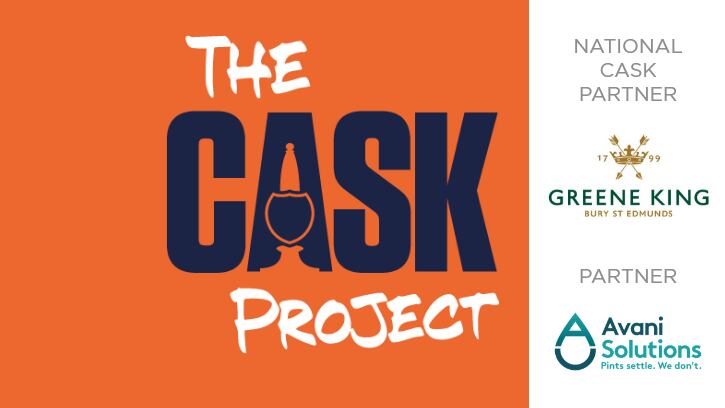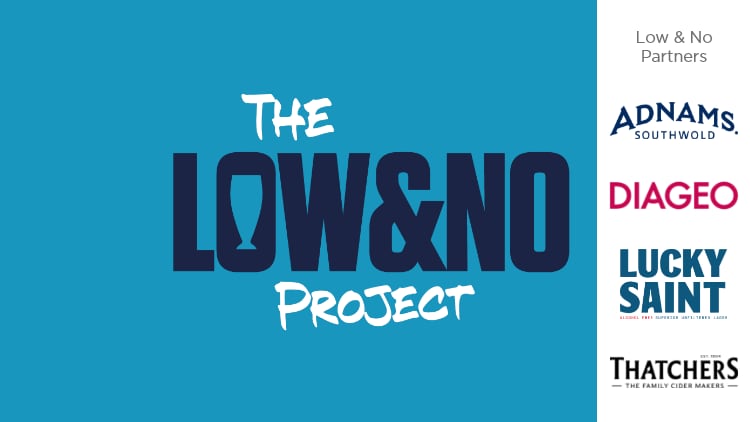Lumina Intelligence’s Eating and Drinking Out Panel reveals alcoholic drink occasions in pubs and bars grew by 2.5 percentage points year-on-year, while overall alcohol penetration rose 1.1 points. Growth was led by 18-to-34-year-olds, whose share of drinking occasions increased 4.2 points in the past year.
18-24 drinking ‘often’
While younger consumers remain less likely to drink than older age groups, Lumina’s data shows more 18- to 24-year-olds now describe themselves as drinking ‘often’ or ‘sometimes’, and fewer are opting out completely. The long-term fall in alcohol participation has plateaued.
Analysts suggest the shift stems from two factors: better financial confidence among younger legal-drinking-age adults, and a market that has adapted to their tastes.
New product formats, including premixed cocktails, flavoured RTDs and single-serve drinks such as Buzzball-style cocktails, appeal to Gen Z’s demand for convenience and novelty.
Many are also embracing ‘zebra striping’, alternating alcoholic and non-alcoholic drinks during the same outing rather than committing to one or the other.
CGA by NIQ’s figures reinforce the idea that Gen Z are highly engaged with the on-trade. Although they account for just 20% of the population, they now make up 28% of all on-premise visits, punching above their demographic weight.
Driving late nights
They are also driving a later night out. Half of Gen Z consumers visit pubs or bars between 8pm and 10pm, six points higher than the Great Britain average, while 27% visit from 10pm onwards, eight points above average.
CGA data shows a notable return to ‘high-tempo’ socialising too, with a +10 percentage-point swing towards going out more frequently rather than less.
The same research highlights the growing relevance of ‘third-space’ venues - hybrid environments between social and work spaces such as cafés, bars with co-working facilities or experiential concepts - with 49% of Gen Z saying they drink out in a third space at least weekly. This trend blurs the line between daytime and evening trade, and between wet-led and all-day venues.
On spend, Gen Z are not far behind older cohorts. They spend an average £98 a month in the on-trade, compared with £123 for millennials and a £102 national average. This shows younger consumers are still delivering meaningful value to pubs and bars, even if their basket looks different.
Together, the data paints a more nuanced picture. Younger adults are drinking in a way that fits modern social lives, balancing alcohol with wellness, choosing smaller formats or lower-ABV options, and valuing setting and experience as much as product.
Rethinking assumptions
For operators, that means rethinking assumptions. Younger drinkers are still there - they are just interacting with the on-trade differently. Pubs that position themselves as social spaces throughout the afternoon and early evening, not only late at night, are better placed to capture them.
Menus that give equal weight to cocktails, RTDs and low- or no-alcohol options are increasingly expected. These products are no longer niche; they are part of the same occasion, used interchangeably within a single visit.
While the moderation movement hasn’t vanished, it has evolved into something more flexible. For many in their twenties, a ‘sober’ night now means pacing rather than abstaining - a fact that could benefit operators who curate balanced, experience-led drinks lists.
Earlier research showed 86% of 18- to 24-year-olds had visited the on-trade in the previous three months, with six in ten going out weekly, even as many claimed to be drinking less.
Meanwhile, younger drinkers have been credited with helping revive heritage beer styles such as cask ale ahead of Cask Ale Week, which took place at the end of September.
The message for the trade is clear: Gen Z have not disappeared from the on-trade. They are visiting often, staying out later and engaging with a broader range of drinks than ever.
The opportunity lies in adapting offer, timing and atmosphere to how this generation actually socialises, not how previous generations did.





